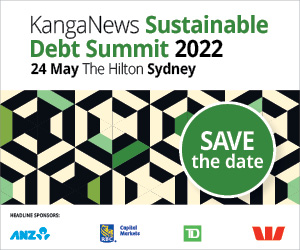Protectionist policy
One of the X-factors markets have had to deal with recently is the prospect of protectionism in the US. There would clearly be consequences for the global economy – and for Australia – in such an environment.
BEACHER Tariffs were a Trump campaign special, so we weren’t too surprised. There had been relative silence on the subject and we thought we may have dodged a bullet. But it has now come back with a vengeance.
However, it has been noted by the international-investor community that Australia managed to escape the tariffs on steel and aluminium. The exemption gives Australia some status in the eyes of global investors.
I doubt there is a single person in the room who thinks trade wars are fantastic for growth, inflation, global trade or employment.
However, I was also disappointed to hear Australia’s trade minister, Steve Ciobo, talking about the potential for global recession to follow on the back of a trade war. I don’t think this is particularly helpful given Australia’s tariff exemption was announced hours before Ciobo’s speech.
It’s also worth highlighting the fact that Asia is highly exposed to the US, so we may be disproportionately affected from this perspective.
RENNIE I wonder whether we should be referring to this not as trade protectionism but as trade destructionism. I am deeply unhappy about it.
This year is the 70th anniversary of GATT [General Agreement on Tariffs and Trade]. Trump used article 21 of GATT and WTO [World Trade Organisation] to announce these tariffs on the grounds of national security. It is difficult to work out for sure how many times this article has been used but I do not think it is more than a dozen.
Given the fact that a number of the countries most affected by these tariffs are US allies, to base the rationale for the tariffs on national security doesn’t make sense. The US is essentially breaking WTO rules.
At the same time we have China heading in the other direction, with its ‘One Belt, One Road’ trade policy. This is a massive expansion in infrastructure spending with countries that account for around 33 per cent of China’s trade. What we have is the two world leaders really diverging in their trade policies.
As it stands, global trade is at an absolute high and east-west trade is also at a high. We are facing this situation from a very advantageous point but, as we saw in periods such as 2015-16 with the China devaluation and the various situations of European crisis, trade can switch off very quickly. There is a risk here.
Another point I would make is that the announcements on aluminium and steel tariffs came from the office of [US secretary of commerce] Wilbur Ross, using Section 232 of the 1962 Trade Expansion Act. The specifics of the text he wrote offer the option of either a 25 per cent tariff across the board or a 48 per cent tariff on a shortlist of 12 countries including the likes of China, Russia and Turkey.
There have also been suggestions of other tariffs primarily focused on China. To me, you don’t have to look too far to see an an outbreak of trade wars as a very real risk for the global economy.






